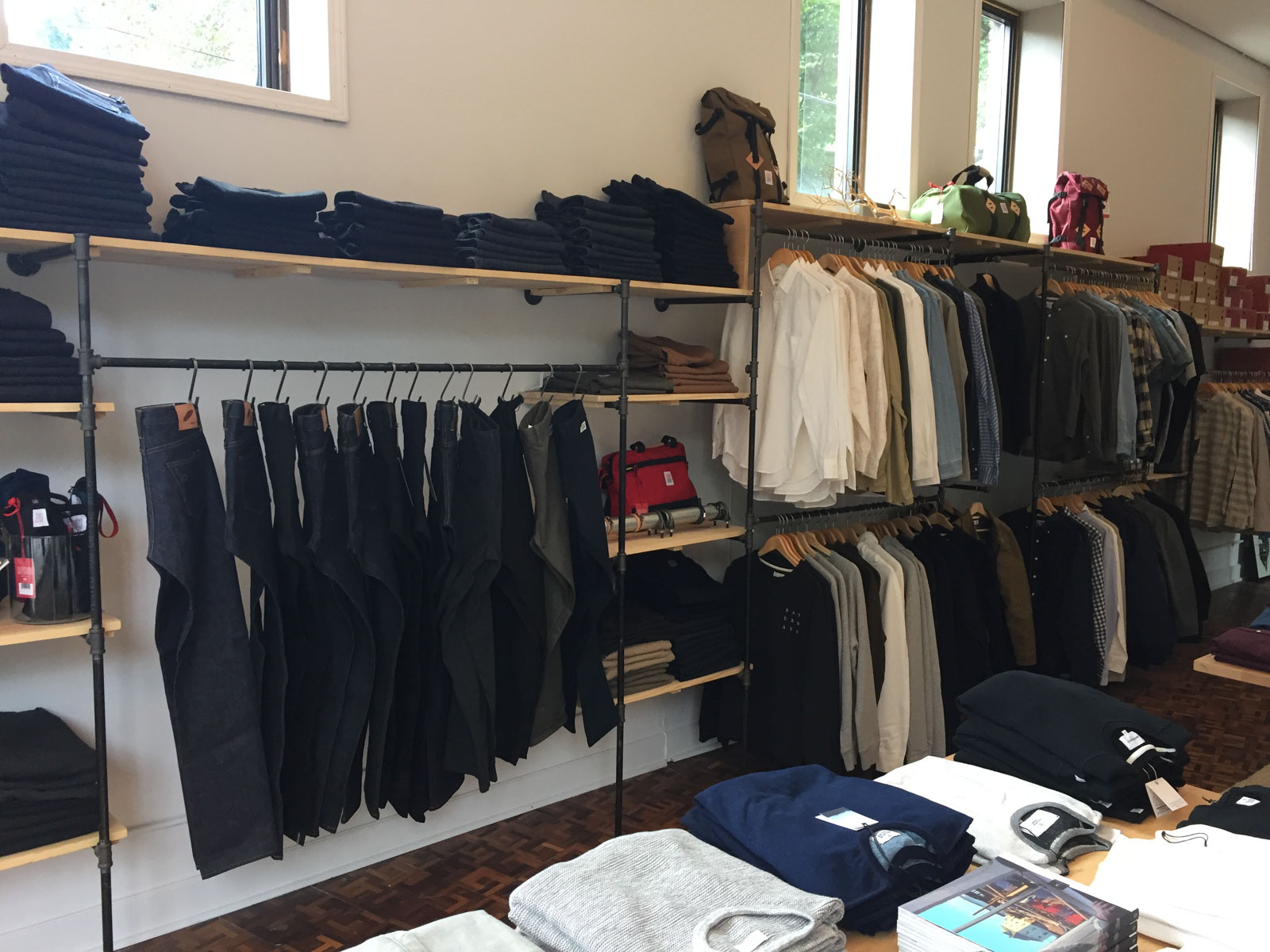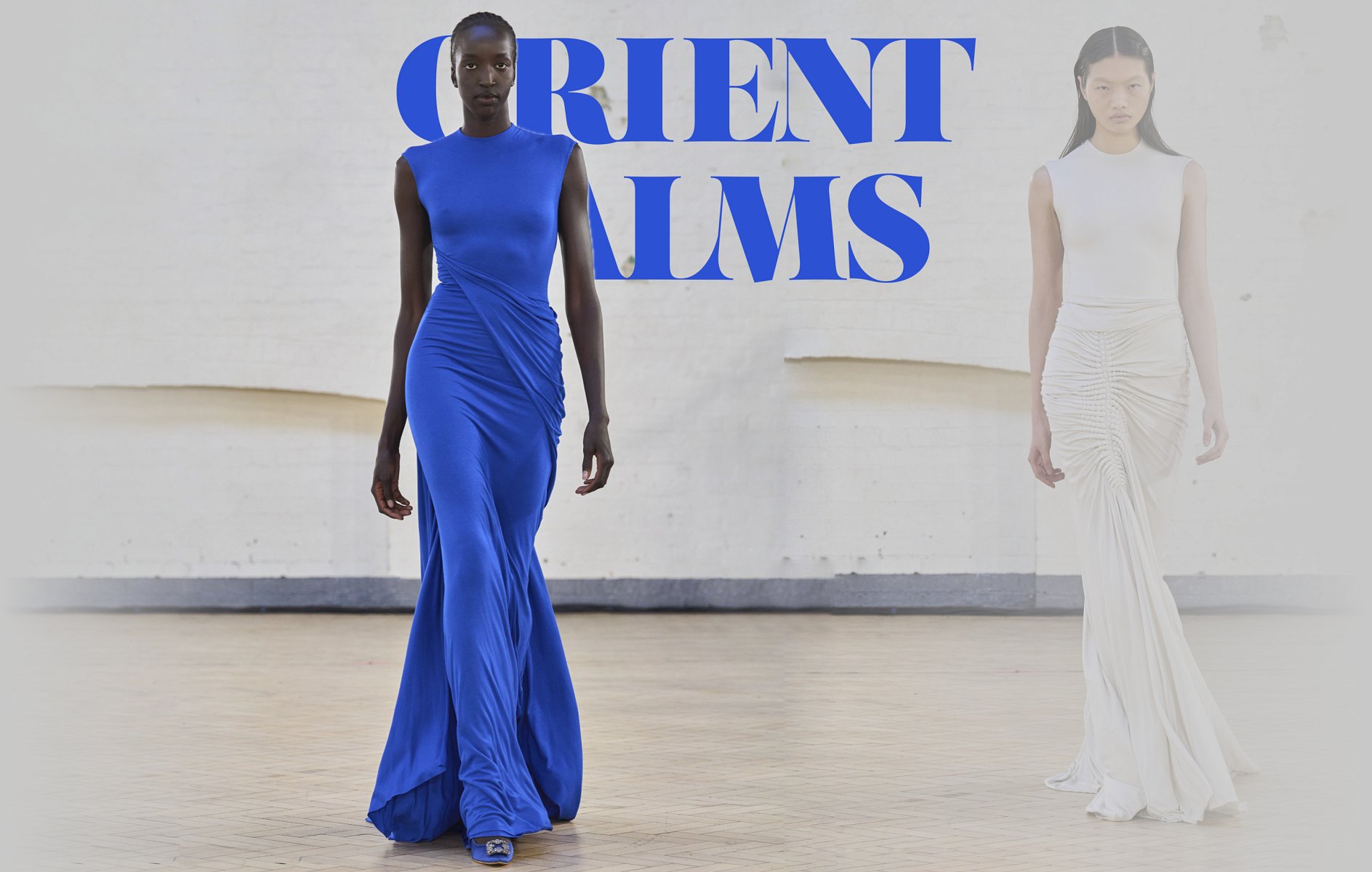How to Style Eastern Wear Pakistan Clothes for Contemporary Beauty
Wiki Article
Unlock the Keys of Ageless Eastern Wear
Discovering the enigmatic world of classic Eastern wear looks into a realm where virtuosity, background, and society converge to produce garments that go beyond plain textile and string. The detailed tapestry of custom interwoven with contemporary elements offers a glimpse into a world where every stitch informs a tale, every motif a sign of relevance. Introducing the keys behind these developments introduces a tapestry of heritage waiting to be untangled, inviting one to journey via the ethereal charm and mystique of Eastern fashion.History of Eastern Fashion
The history of Eastern style dates back centuries, reflecting the rich cultural heritage and customs of varied areas across Asia. Each region flaunts its unique designs, fabrics, and styles that have actually been influenced by factors like climate, religious beliefs, social standing, and profession routes. eastern wear pakistan. The intricate silk garments of China symbolize style and elegance, while the lively saris of India display a kaleidoscope of colors and patterns.In Japan, the robe has been an icon of tradition and refinement for generations, with different styles put on for different events. Similarly, the hanbok in Korea represents the nation's ingrained personalizeds and is still worn during vital ceremonies. The background of Eastern fashion is a tapestry of innovation and custom, blending old exercise with modern influences to develop a dynamic and ever-evolving market. Recognizing the origins of these famous garments offers understanding into the social importance and craftsmanship that continue to influence contemporary designers worldwide.
Value of Conventional Clothing
Traditional outfit serves as a cultural emblem, embodying the worths, ideas, and heritage of communities in Eastern societies. eastern wear pakistan. These garments are not simply pieces of fabric but are symbolic representations of the abundant background and customs passed down through generations. In Eastern societies, traditional outfit plays a considerable function in ceremonies, festivals, and day-to-day life, showing the social condition, local affiliations, and even marital standing of individualsThe value of conventional clothes surpasses aesthetics; it is a way for individuals to get in touch with their origins and express satisfaction in their cultural identification. Each garment, from the detailed sarees of India to the flowing hanboks of Korea, carries with it a story of workmanship, importance, and symbolism that is deeply deep-rooted in the fabric of culture.
Furthermore, conventional clothing acts as a visual language, communicating tales of resilience, accomplishment, and unity. By putting on these garments, people not only recognize their heritage but likewise add to the conservation and event of their social legacy.
Development of Eastern Embroideries
Exactly how have Eastern embroideries advanced with time to reflect altering cultural impacts and artistic fads? Eastern needleworks have a rich history that covers centuries and have actually continually progressed to include diverse cultural impacts and reply to moving imaginative trends. The advancement of Eastern embroideries can be mapped back to ancient people where intricate layouts were hand-stitched onto materials making use of traditional methods. For many years, these embroideries have adjusted to mirror the changing tastes and preferences of different areas and periods.
Today, Eastern needleworks continue to progress, blending standard workmanship with contemporary style sensibilities to develop timeless pieces that celebrate the elegance of multiculturalism and artistic development.
Luxurious Fabrics in Eastern Wear
Luxurious fabrics play a critical role in boosting the aesthetic allure and high quality of Eastern wear, enhancing the overall appeal and elegance of conventional garments. Eastern wear is renowned for its luxurious fabrics that not only reflect the area's rich cultural heritage yet likewise indicate sophistication and poise.In addition to silk, fabrics like chiffon, brocade, and velour are also commonly featured in Eastern wear. Velour brings a regal and deluxe feeling to conventional sets, while brocade, with its elaborate patterns and metal threads, adds a touch of grandeur. Chiffon, on the other hand, is favored for its airy and lightweight top qualities, making it a preferred choice for flowing shapes and fragile decorations. These luxurious materials not just boost web link the visual appeal of Eastern wear however additionally ensure a sense of improvement and refinement that transcends time.
Incorporating Eastern Style Today
In modern style landscapes, the integration of Eastern influences presents a harmonious fusion of cultural heritage and modern looks. Developers and fashion lovers alike are accepting the rich tapestry of Eastern fashion, integrating standard components right into contemporary silhouettes and designs. From intricate needlework to luxurious textiles and vibrant shades, Eastern style today supplies a diverse range of alternatives that deal with an international target market.One way Eastern fashion is making its mark in modern wardrobes is through the adjustment of standard garments such as the bathrobe, saree, or qipao into everyday wear. These items, when reserved for special occasions, are now reimagined in even more informal kinds, enabling their incorporation right into daily style selections. Additionally, using conventional patterns and motifs in Western-style apparel includes a touch of exotic elegance to modern-day outfits.

Final Thought
In final thought, exploring the abundant history, significance, and advancement of Eastern fashion reveals a deep-rooted link to heritage and values. The elegant textiles and intricate needleworks that site of Eastern use display the flexibility and timelessness of typical styles. Incorporating Eastern affects in contemporary style permits a blend of custom and innovation, developing a harmonious equilibrium between the past and today.Glamorous fabrics play an essential role in raising the visual charm and top quality of Eastern wear, enhancing the general allure and refinement of conventional garments. Developers and fashion enthusiasts alike are embracing the rich tapestry of Eastern fashion, integrating typical elements into modern silhouettes and designs. From intricate embroidery to vivid shades and luxurious materials, Eastern style today uses a diverse range of choices that provide to an international audience.
One method Eastern style is making its mark in modern closets is via the adjustment of conventional garments such as the kimono, saree, or qipao into day-to-day wear. The extravagant fabrics and detailed embroideries of Eastern wear showcase the versatility and eternity of typical designs.
Report this wiki page